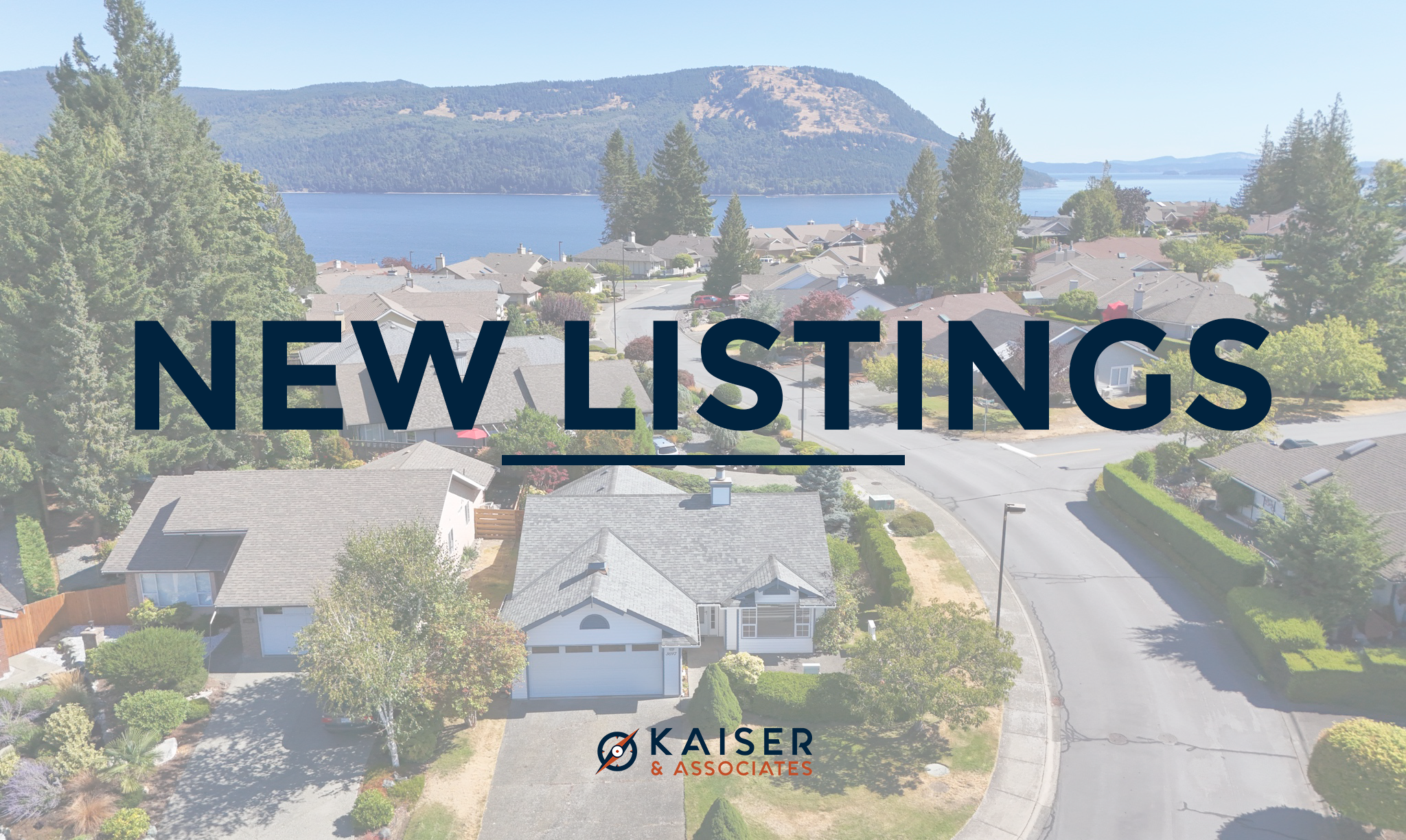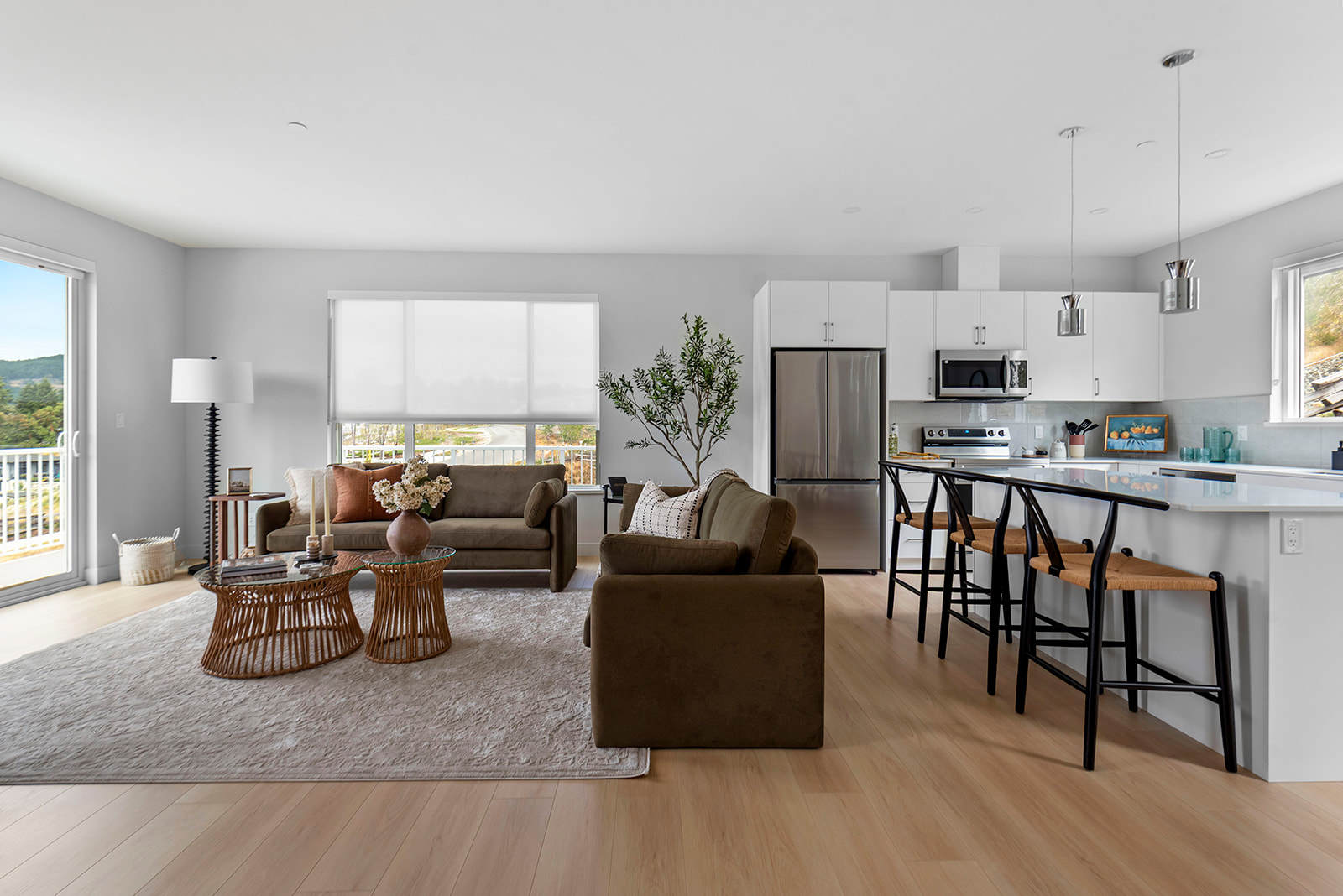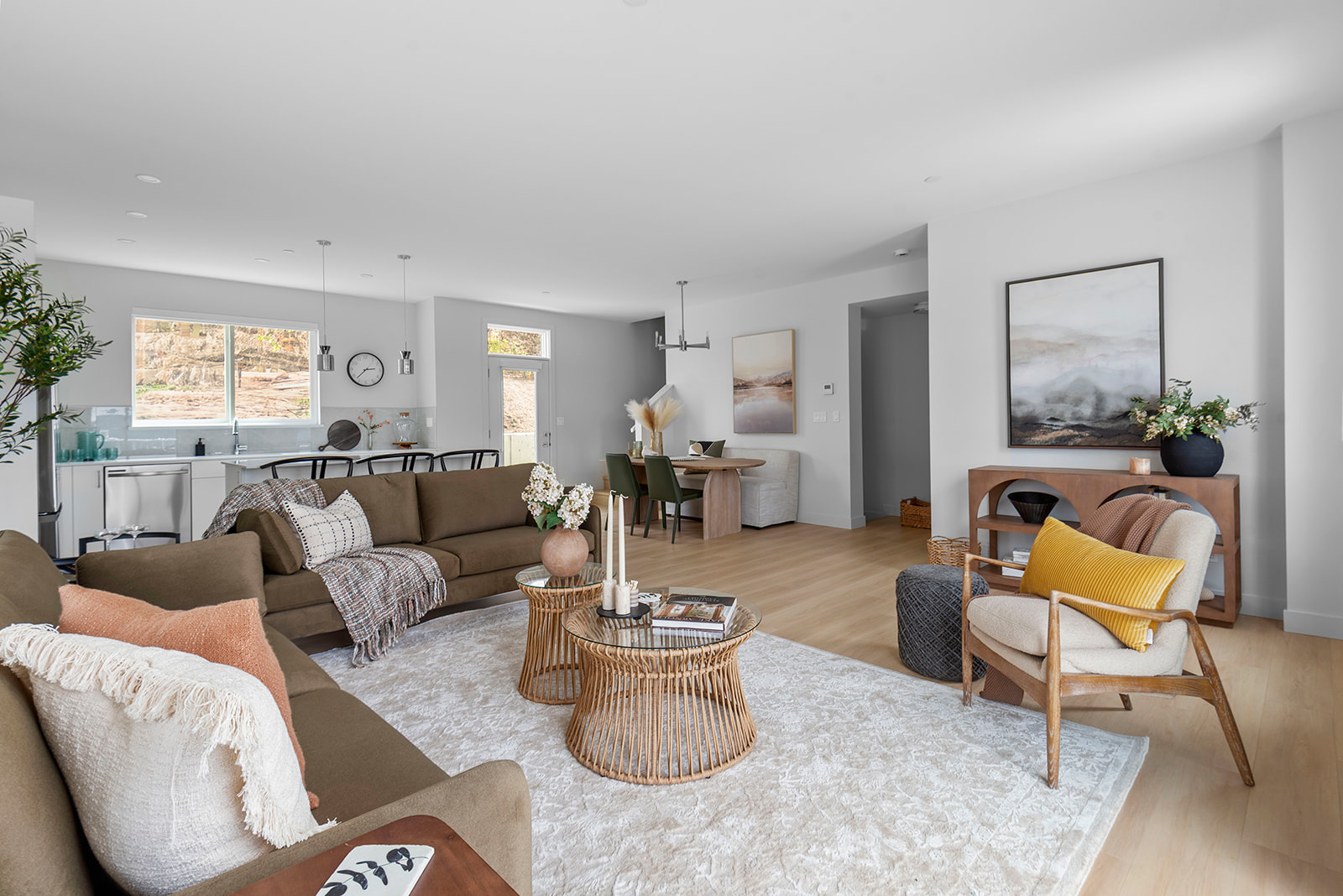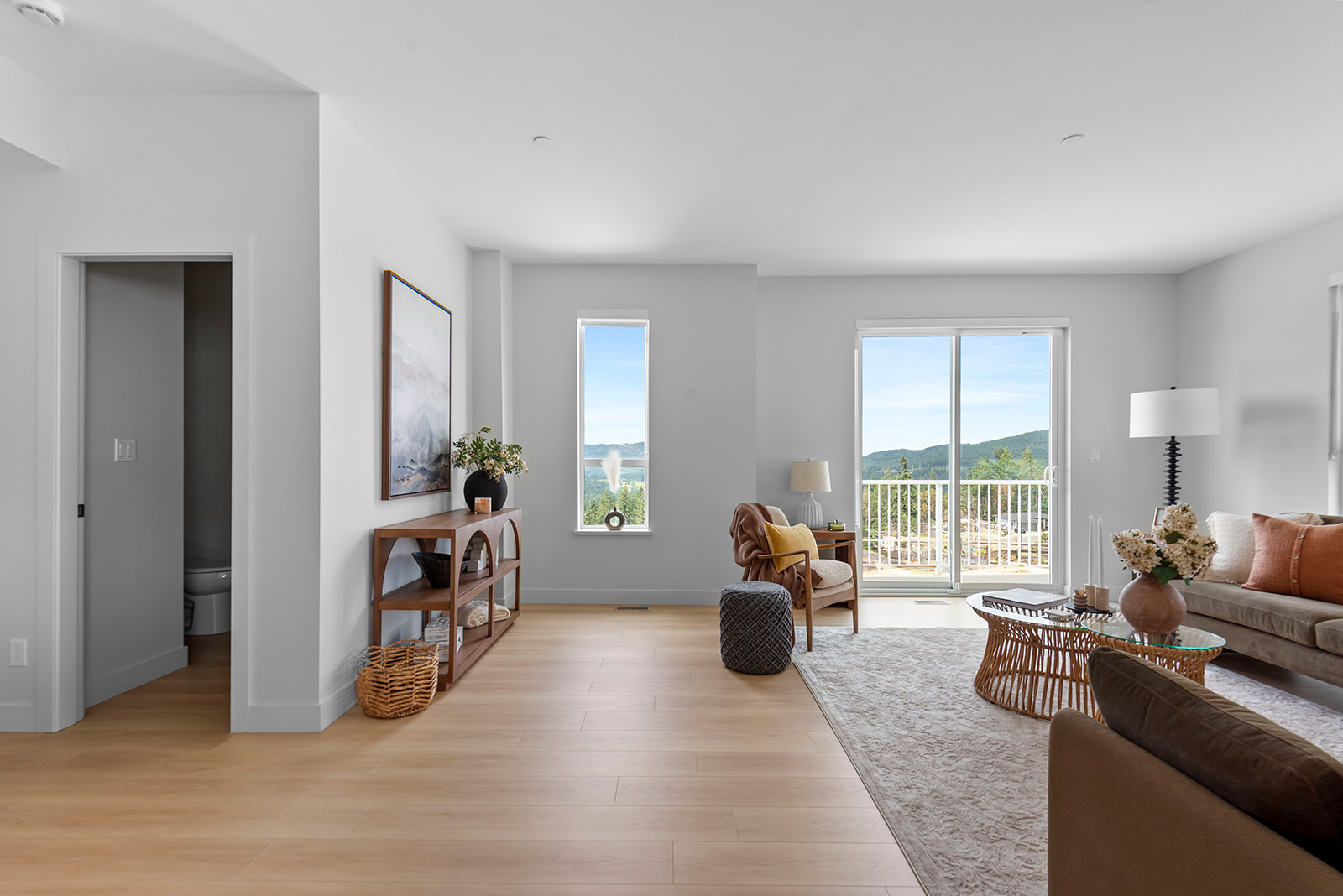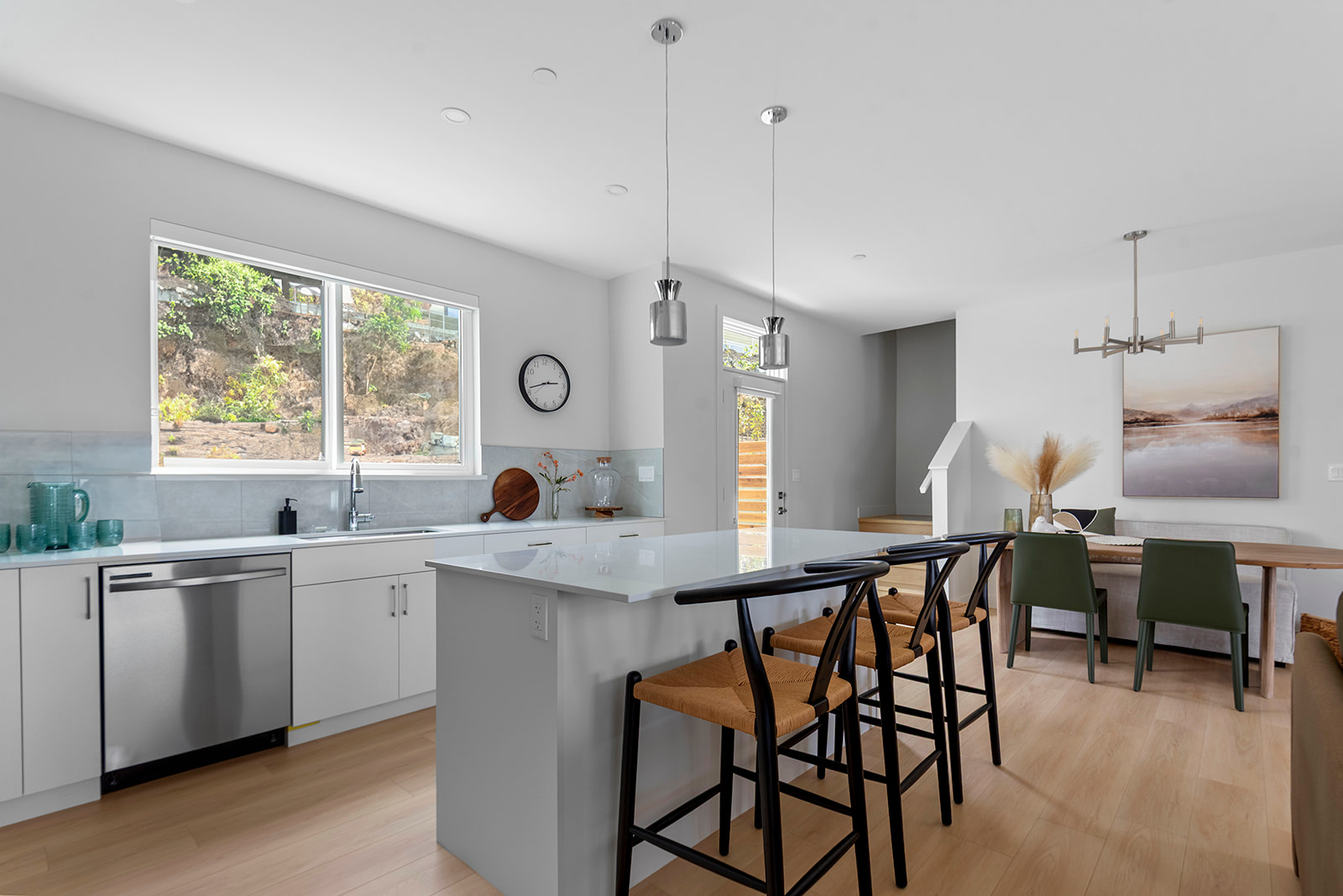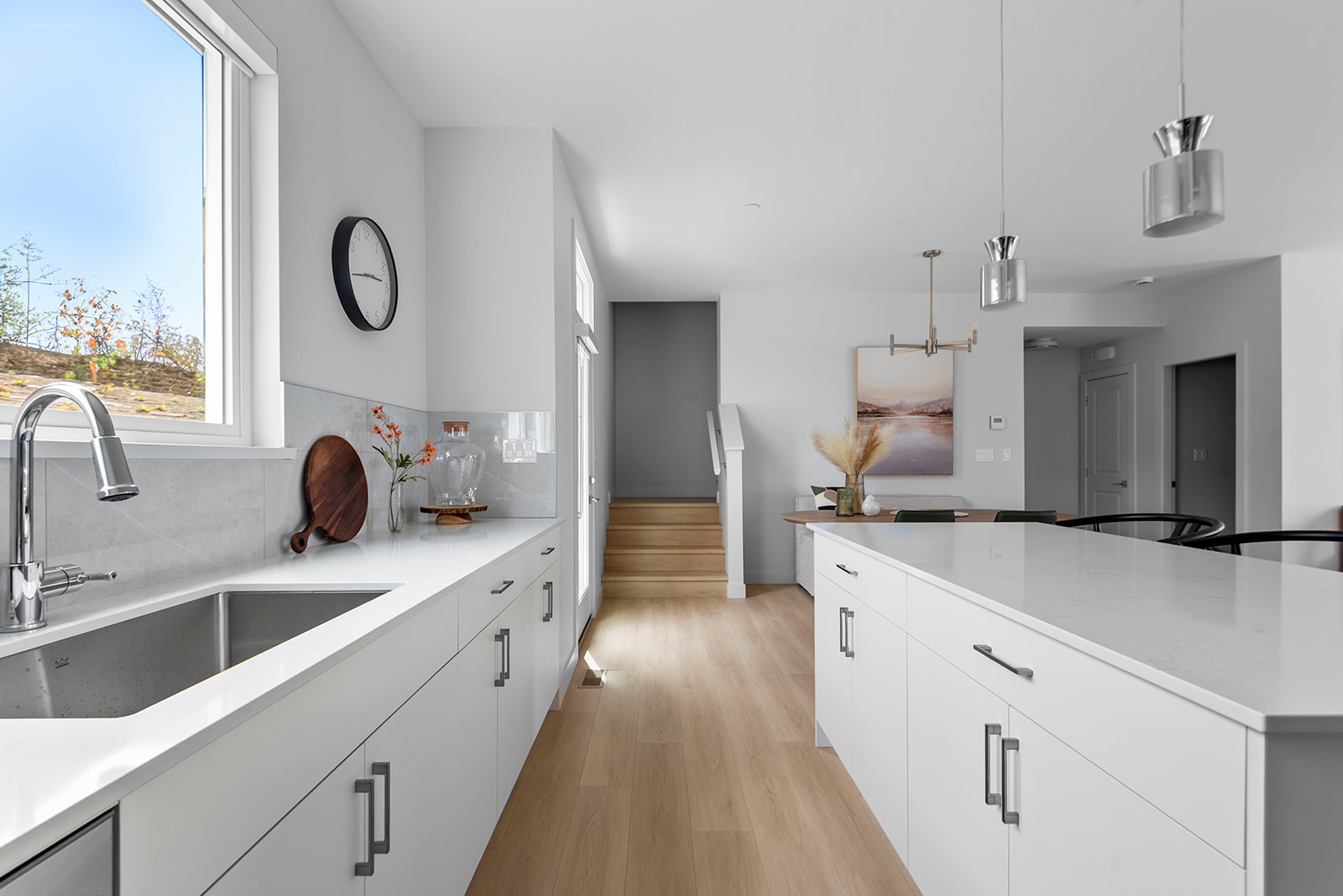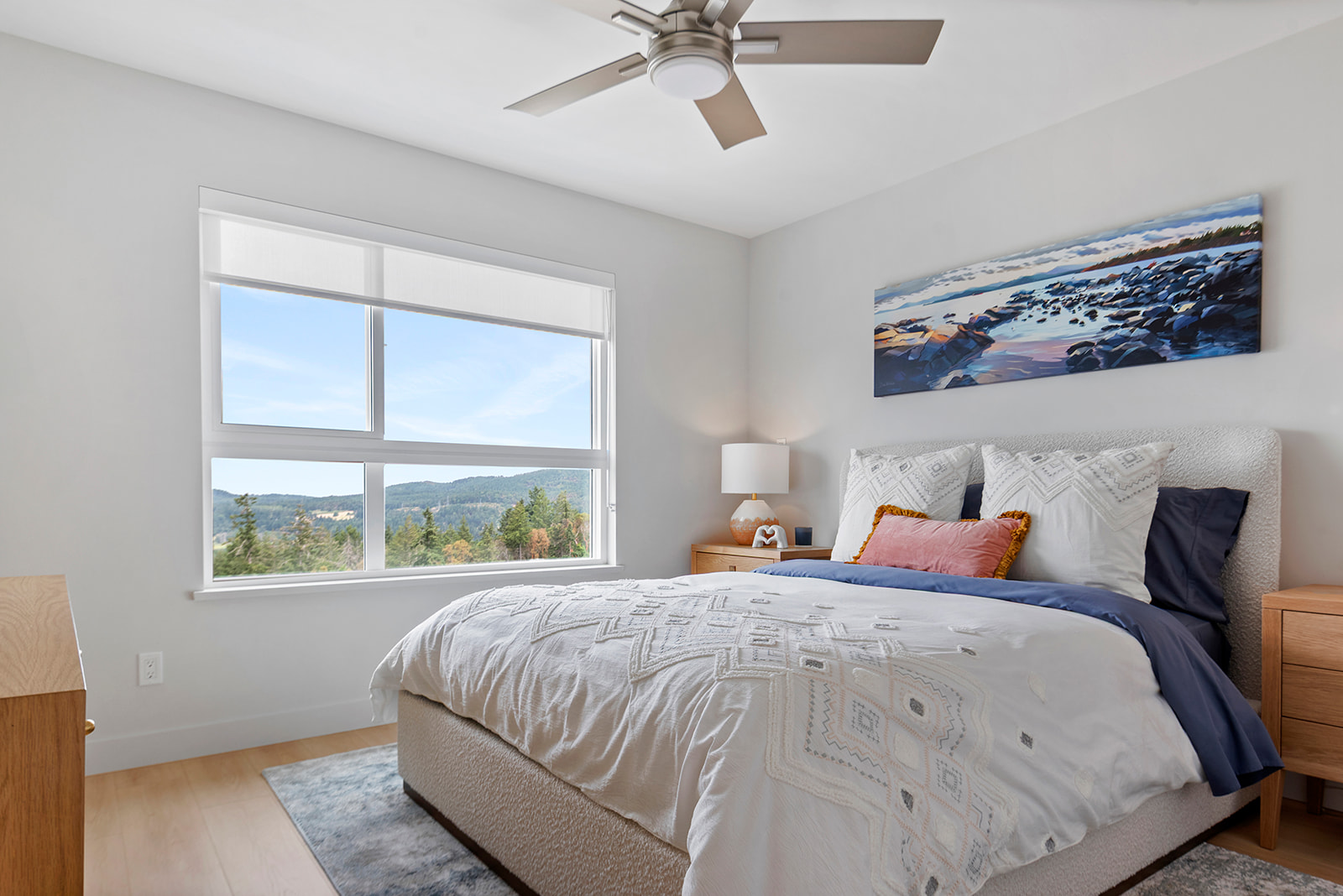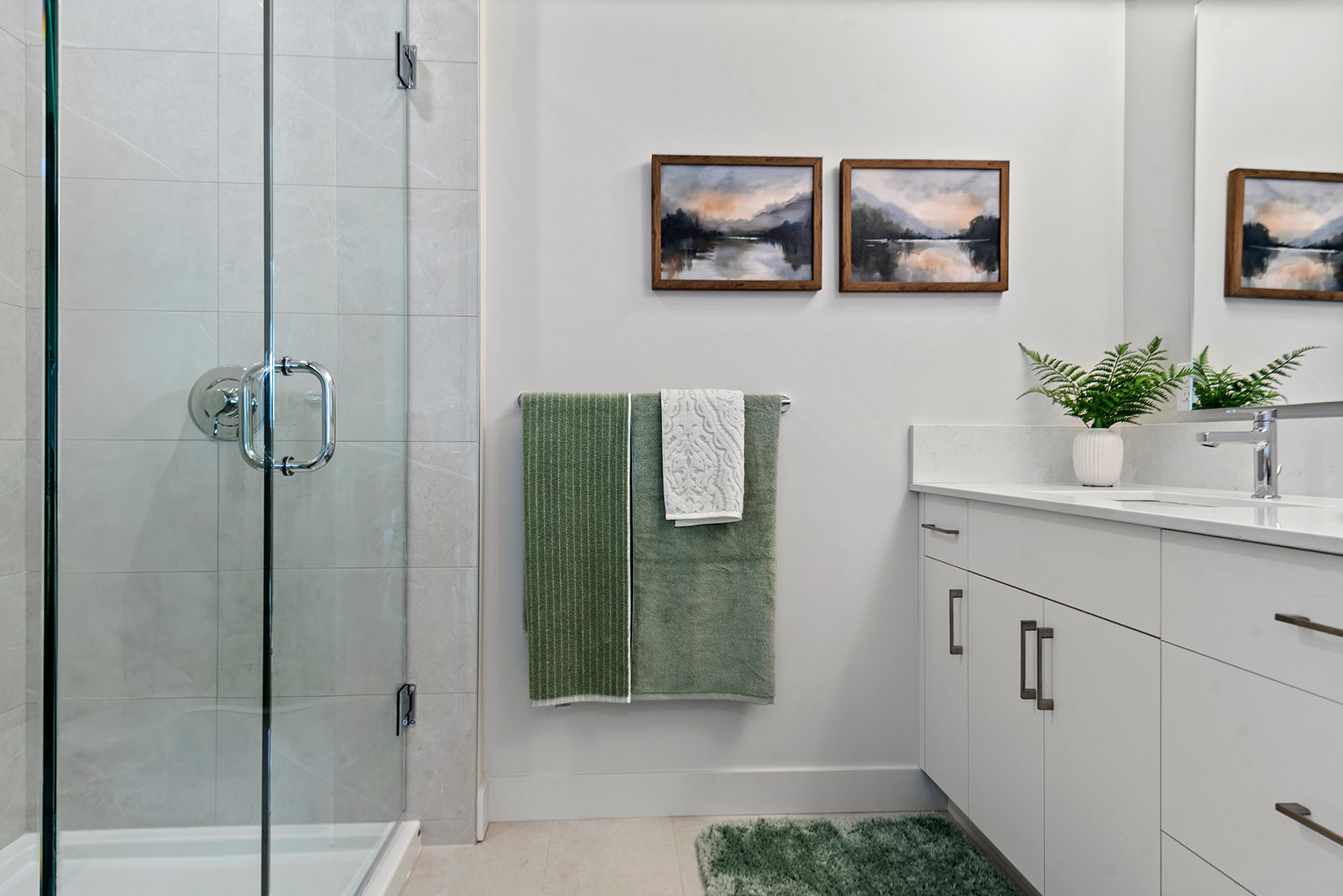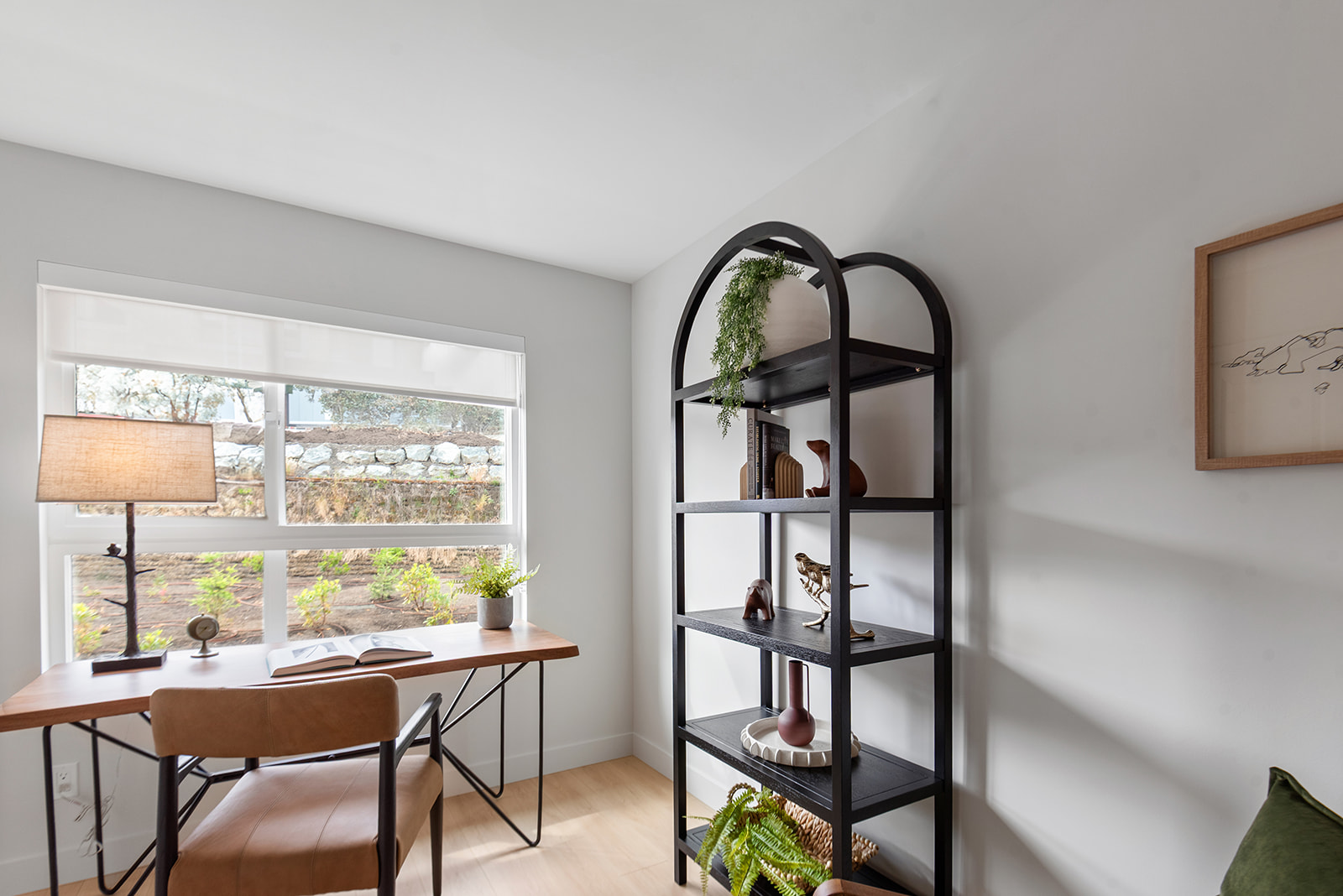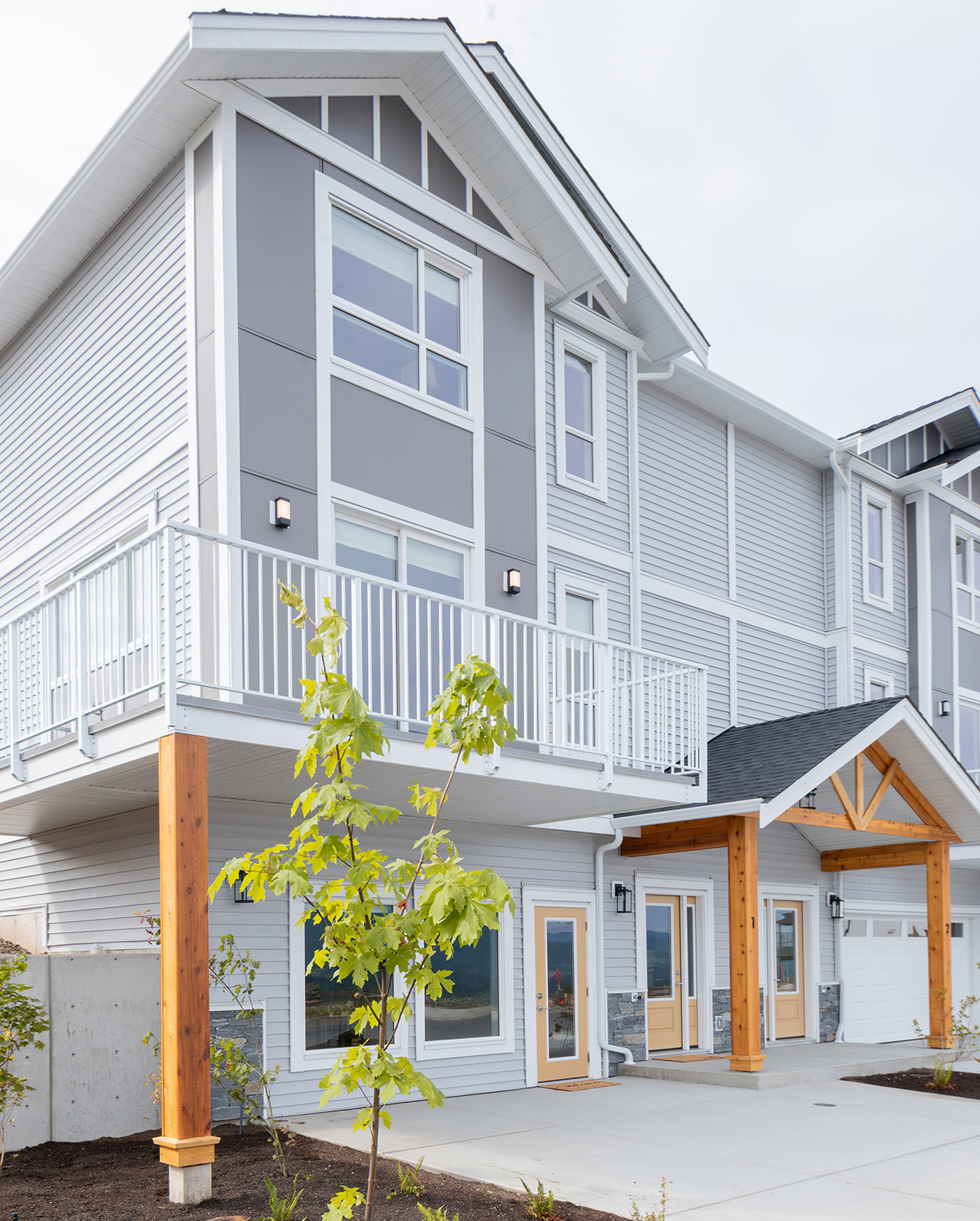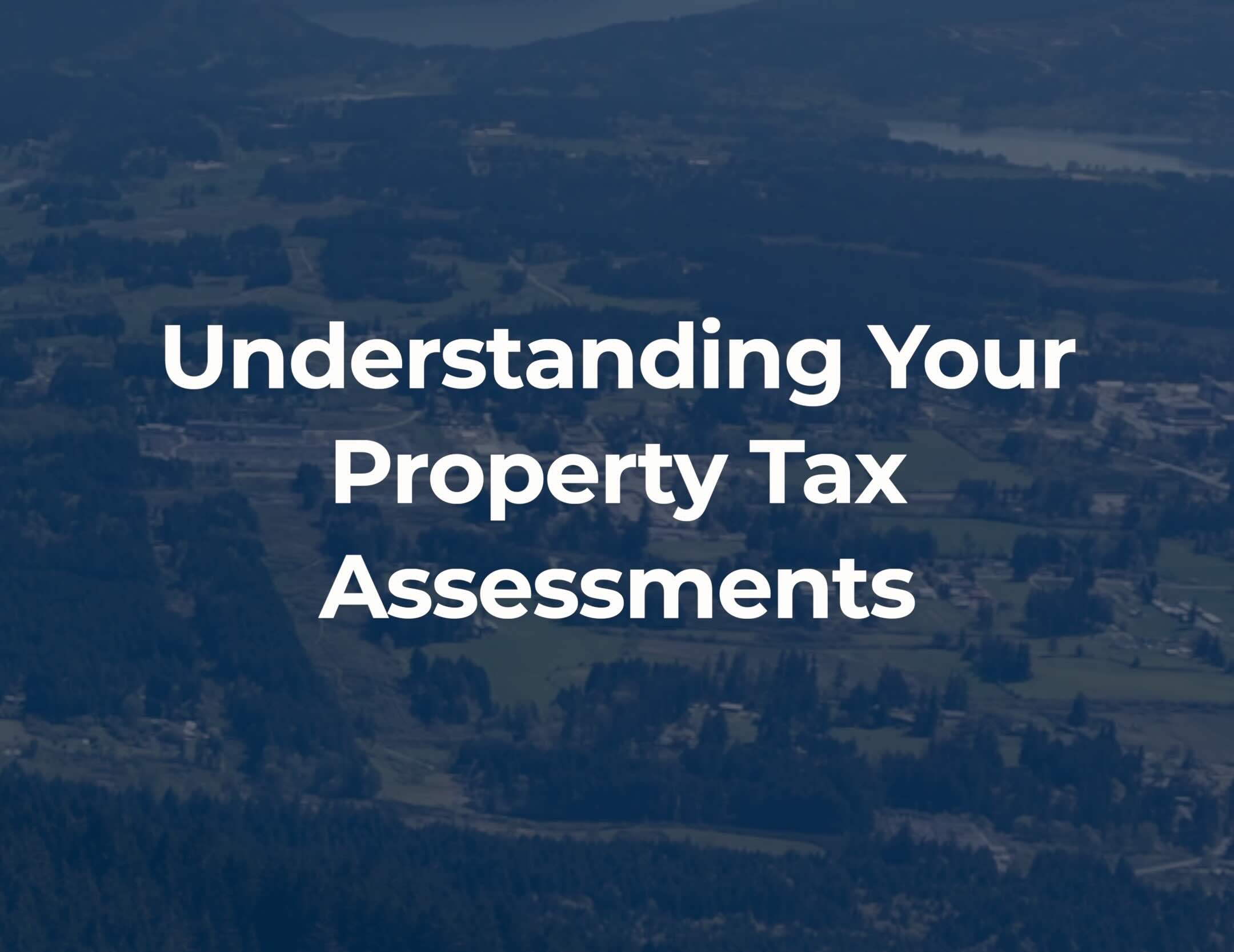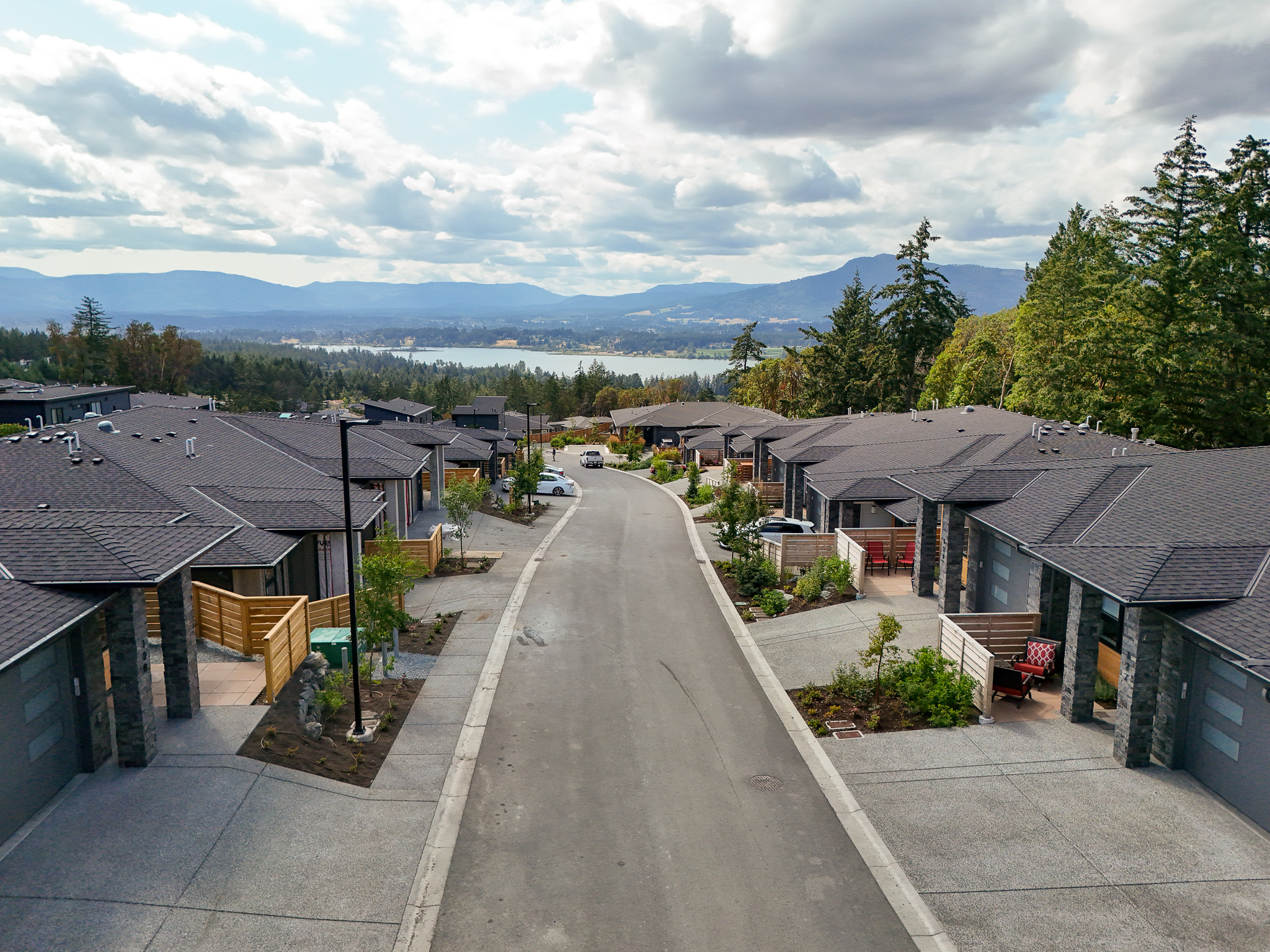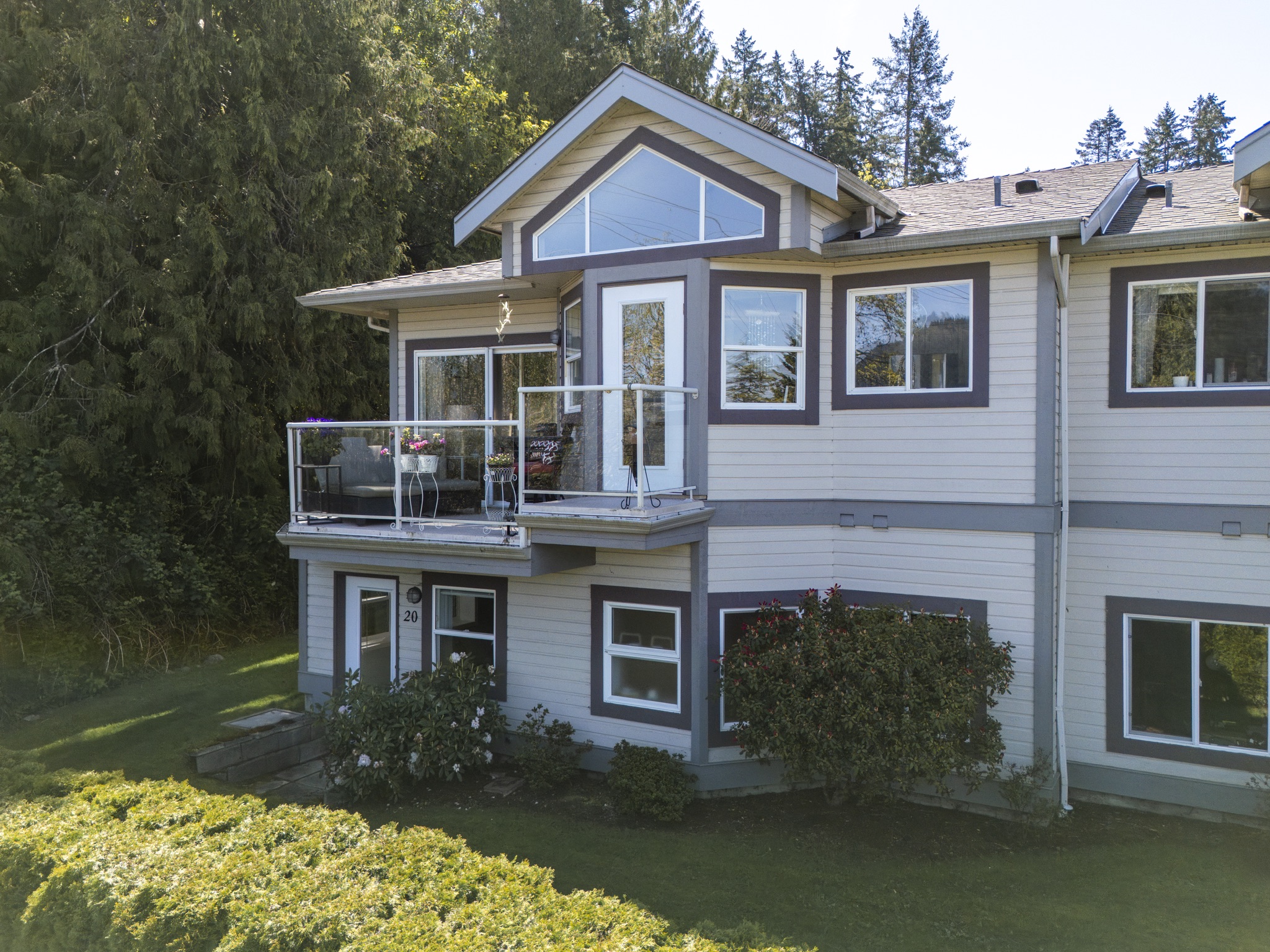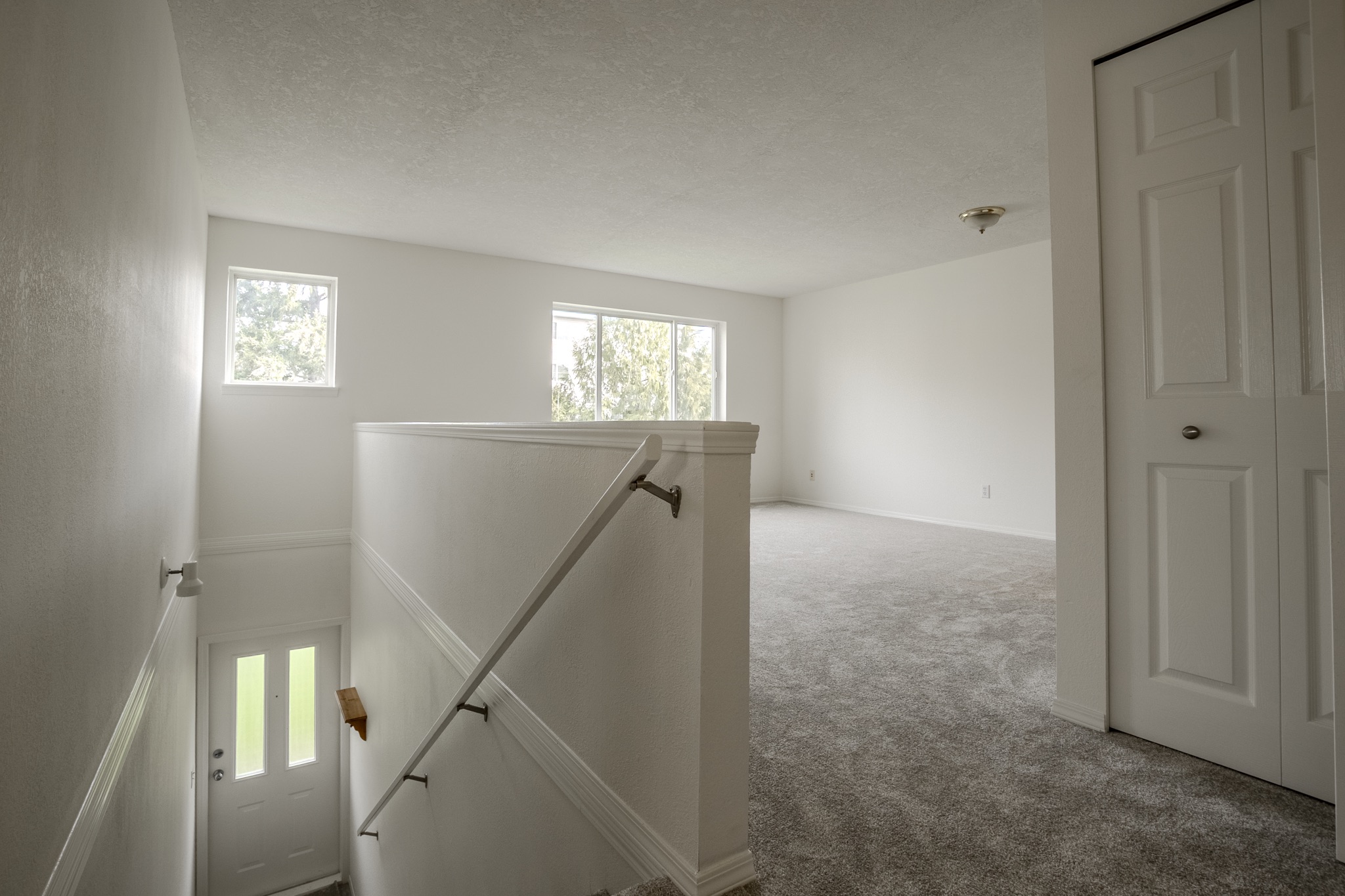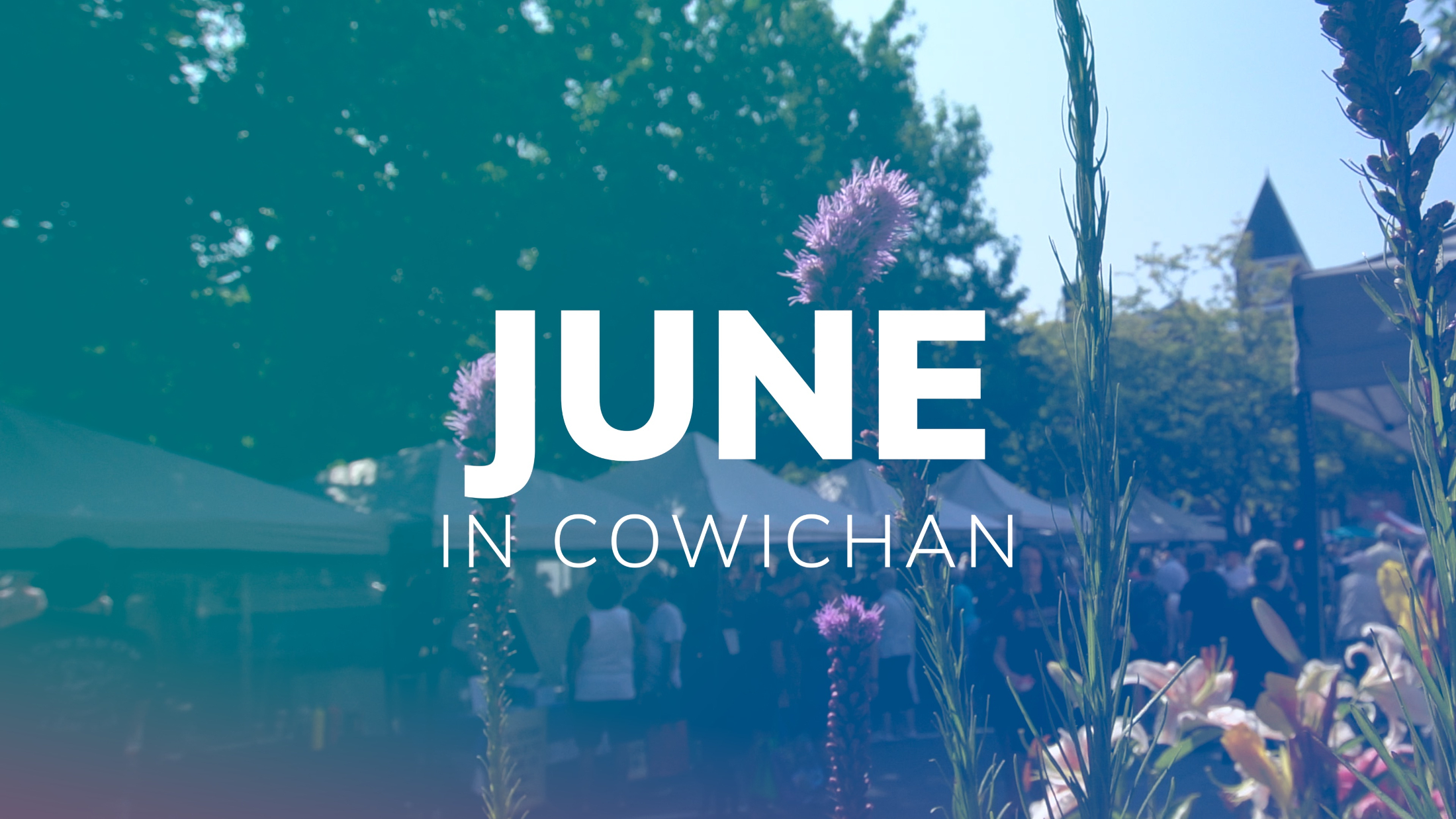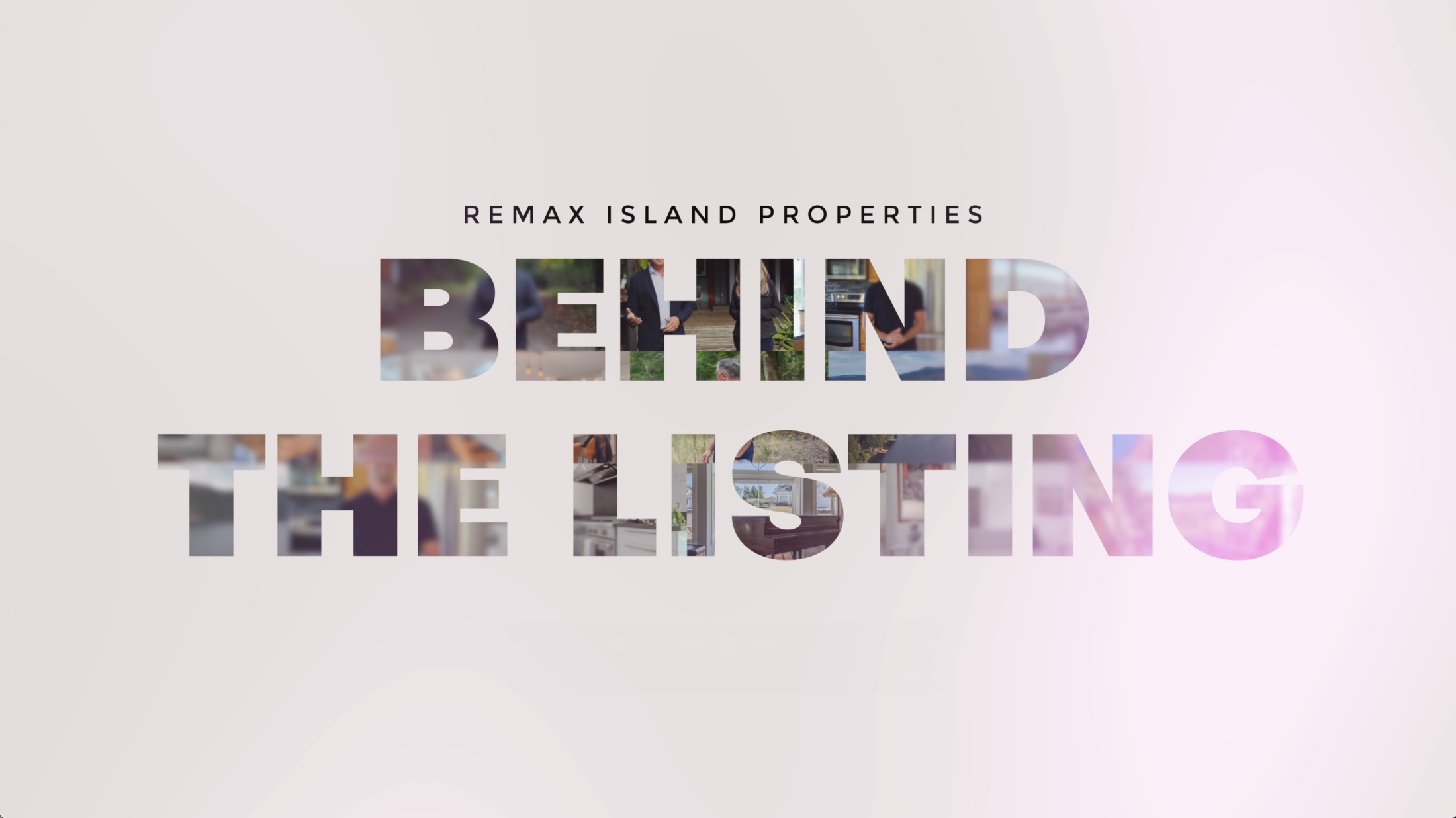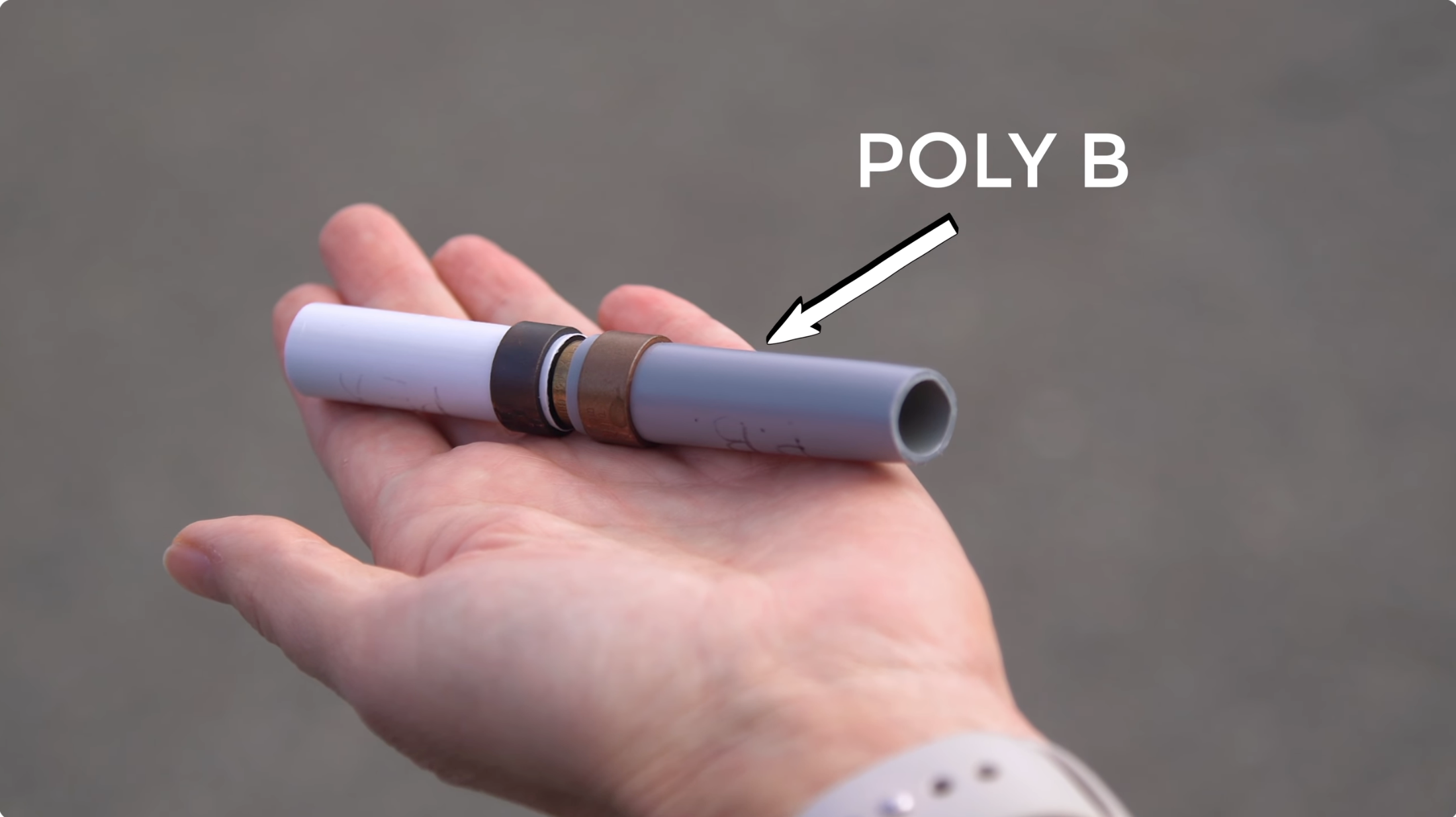New listings are hitting the market and we have seen a diverse range of properties for sale. Whether you’re looking for a single-level home in a private community, a new build with stunning views, a commercial space right downtown or a family home with a built in suite there seems to be something for everyone. Here are just a few of our newest listing.
221 CORONATION AVE
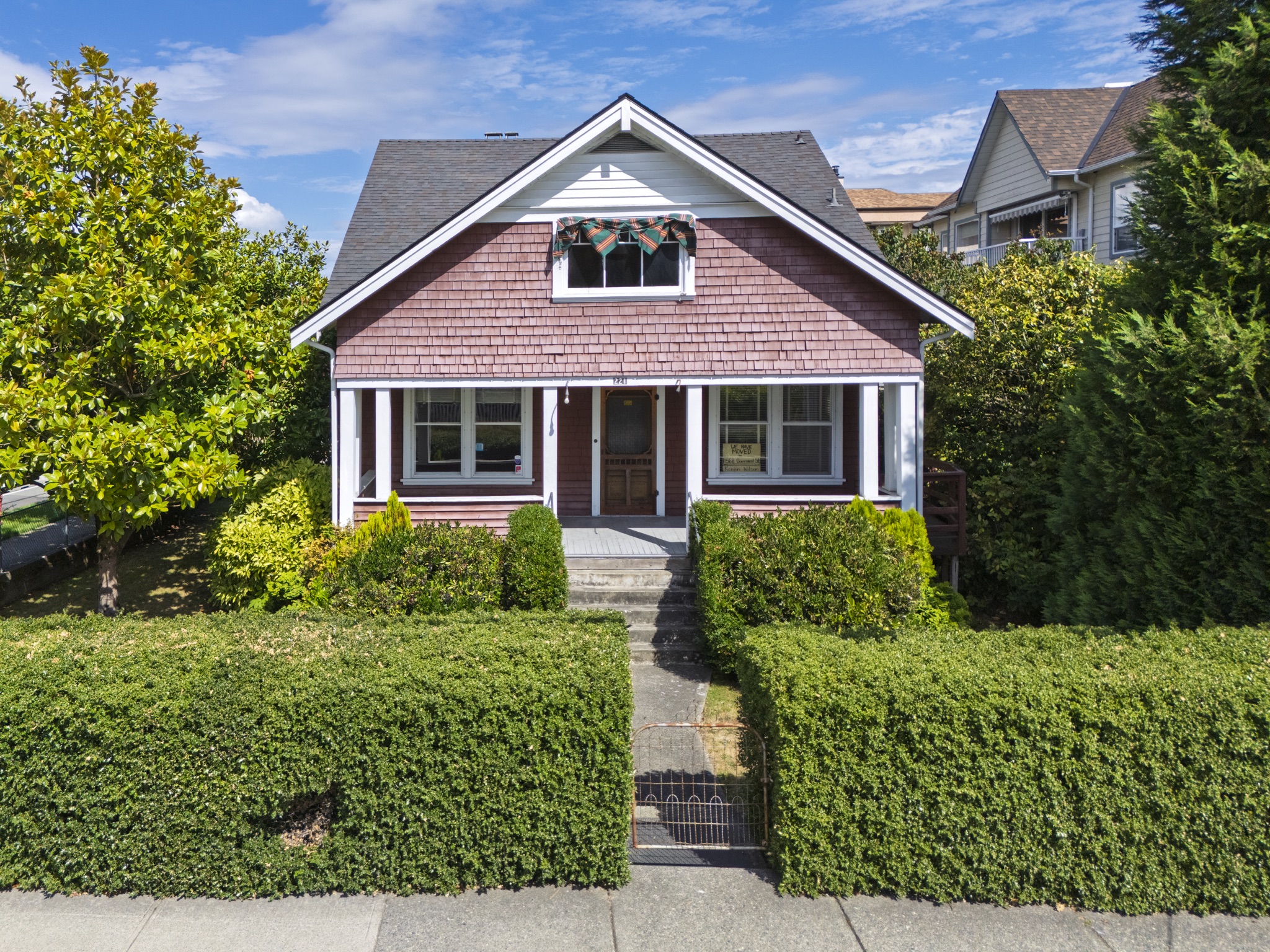
Discover a commercial opportunity at 221 Coronation Avenue! This 2,500+ sqft space boasts excellent visibility in a prime location, offering endless possibilities for a variety of business ventures. Lovely character to the home that would be great to renovate!The property features a private parking lot accommodating five vehicles, complemented by a detached single-car garage. Upstairs, you'll find residential-style suite currently providing offices and a comfortable staff space, perfect for meetings or breaks. Whether you're looking to establish a retail space, professional office, or creative studio, this property offers the flexibility and convenience to suit your needs. Don’t miss out on this versatile commercial space in a fantastic area.
3167 WOODRUSH DRIVE

This exquisite new home home offers breathtaking lake & valley vistas from both inside and out. The main floor's 1,573 sqft of meticulously finished space features a generous open-concept design and modern finishes. The gourmet kitchen steals the spotlight with its large granite island, seamlessly merging style and functionality. Architectural brilliance shines through with lofty ceilings giving a bright and airy layout, providing a versatile canvas for personalization. The primary bedroom is an oasis of luxury boasting walk through closet to a spacious 5-pc ensuite. The lower floor, offers 838sqft of finished space, with two bedrooms, a large rec room and 4 piece bathroom. The additional 735sqft of unfinished space is roughed in for a 1 bedroom suite or additional living space, home gym, or spacious entertainment area, this space has endless options and offers flexibility.
239 EDGEWOOD CRESCENT
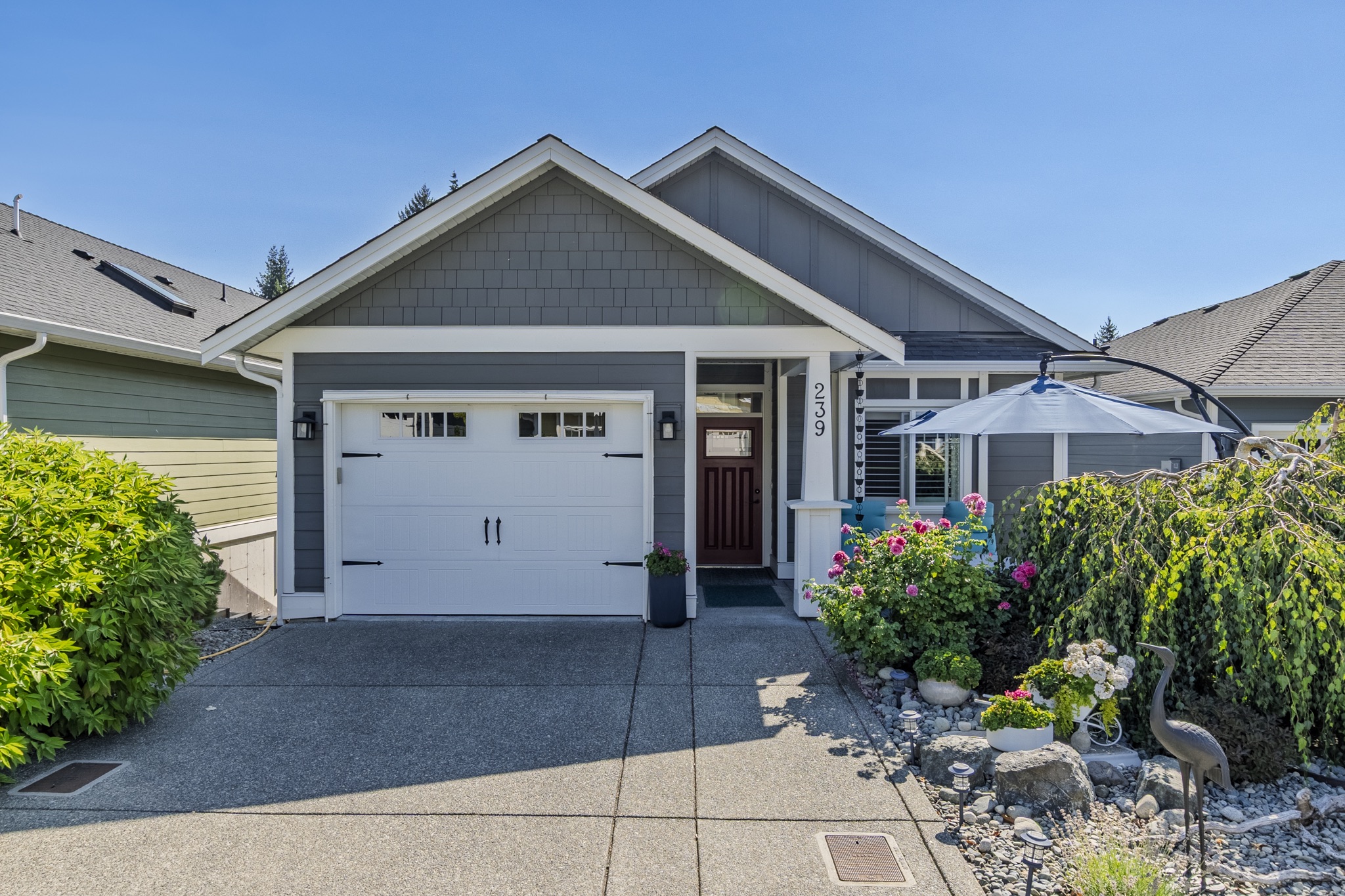
Pride of ownership is evident everywhere you look in this "show home condition" property. Located in beautiful Stonewood Village this ticks all the boxes for turn-key main level living, in a friendly community. 2470 SF including the beautiful fully finished lower. Features like a vaulted ceiling, generous sized windows with beautiful California shutters, custom built in cabinetry & skylights just add to the main level wow factor. Owners further upgraded the gourmet kitchen in 2021 with the addition of pot drawers and a built in microwave. The bright fully finished lower level has large windows, 2 additional bedrooms, full bath, family room, walk in storage and a rough in for a second gas fireplace. Outside features include gas BBQ hookup, irrigated landscape & patio areas. Relax in your beautiful yard after taking advantage of the direct access to the Cowichan Valley Trail in the surrounding shared green space. Conveniently located near all levels of shopping, restaurants and schools.
3697 NORTH ARBUTUS DRIVE
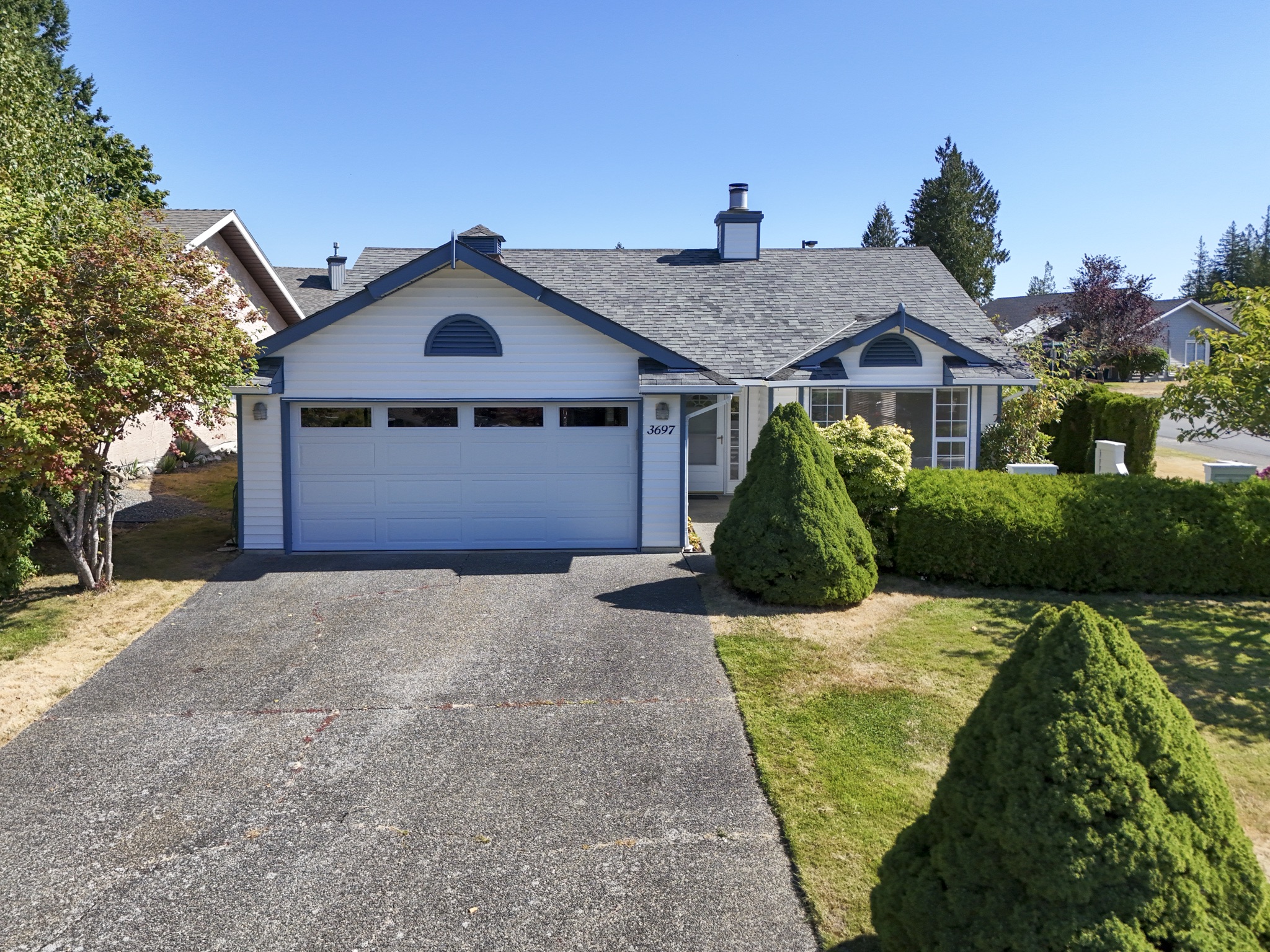
This light-filled 1,500+ sqft rancher is located in the sought-after 55+ gated seaside community of Arbutus Ridge. Designed for comfort and ease, it welcomes you with large windows and a charming sunroom. The spacious primary bedroom features a walk-in closet and ensuite, while the second bedroom also offers ensuite access, making it perfect for guests. Updated flooring flows throughout, creating a fresh and inviting feel. Outdoors, enjoy a private concrete patio surrounded by mature hedges and trees for a peaceful retreat. Arbutus Ridge is set around a beautiful golf course and offers exceptional amenities including a clubhouse, outdoor pool, and an active social scene year-round.
